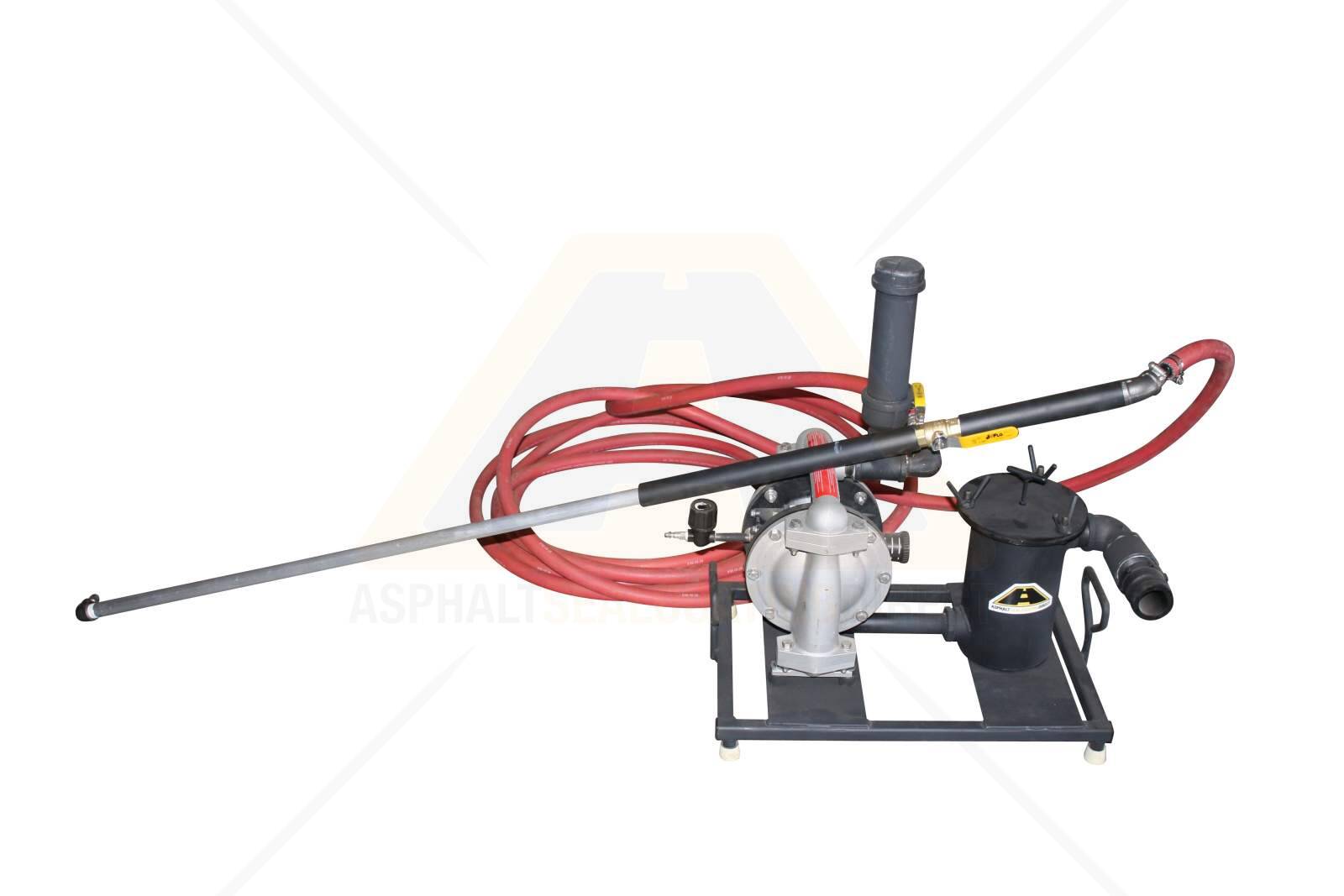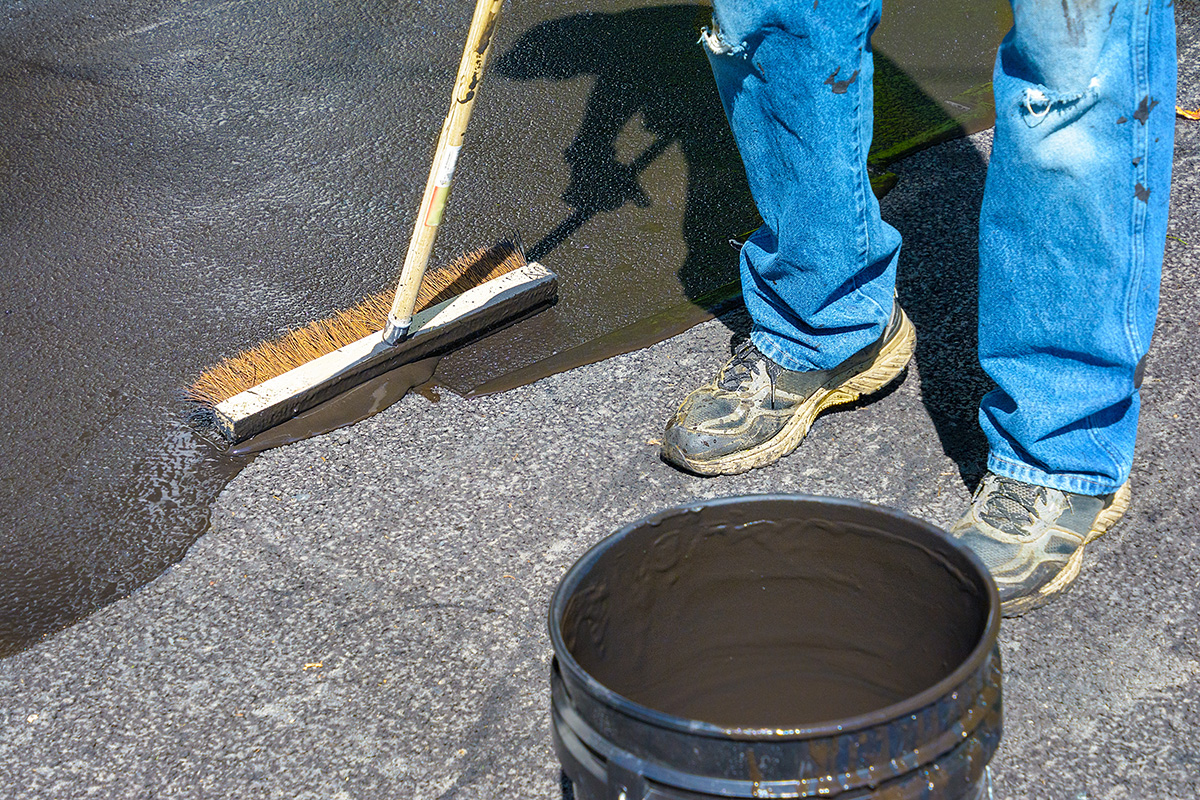Transform Your Home's Looks: Commercial Parking Area Paving and Asphalt Sealing Solutions
Transform Your Home's Looks: Commercial Parking Area Paving and Asphalt Sealing Solutions
Blog Article
Warm Mix Asphalt: A Lasting Service for Sidewalk
Warm Mix Asphalt (HMA) has emerged as a leading sustainable selection for sidewalk options, offering a myriad of ecological benefits and cutting-edge modern technologies. As the need for environmentally friendly building practices expands, checking out the nuances of HMA's sustainability can offer useful understandings right into the future of pavement services.
Environmental Advantages of Warm Mix Asphalt

In Addition, Warm Mix Asphalt assists to mitigate city heat island results. Its dark color soaks up sunshine, decreasing the quantity of warmth mirrored back right into the ambience contrasted to lighter-colored sidewalks. This can lower ambient temperature levels in urban locations, lowering the demand for cooling and eventually decreasing power intake.
In addition, Hot Mix Asphalt adds to boosted stormwater administration. Its porous nature enables water to penetrate the pavement and charge groundwater products, reducing overflow and the danger of flooding. These environmental advantages make Warm Mix Asphalt a lasting option for leading freeways and roads.
Power Efficiency in HMA Production
Is energy effectiveness a critical element in the production of Hot Mix Asphalt (HMA)? Power plays a significant duty in the manufacturing of HMA, affecting both price and environmental sustainability. One crucial element of power effectiveness in HMA manufacturing is the use of cozy mix asphalt (WMA) technologies.
Furthermore, innovations in plant modern technologies have led to even more energy-efficient HMA manufacturing procedures. By optimizing energy use in HMA manufacturing, the market can lower its carbon footprint while maintaining high-quality pavement materials.
Recyclability of Hot Mix Asphalt
The recyclability of Hot Mix Asphalt (HMA) is a crucial aspect of its sustainability and long-term ecological effect. HMA is one of one of the most recycled materials in the United States, with over 100 million loads of reclaimed asphalt pavement (RAP) being reused yearly in new sidewalk building and construction. Recycling HMA uses a number of ecological advantages, such as lowering the need for virgin products, lowering energy usage during manufacturing, and decreasing the amount of waste sent out to land fills.
The process of reusing HMA entails grating the existing sidewalk, crushing it into smaller sized items, and blending it with new check my site accumulation and asphalt binder to produce a recycled mix. This recycled mix can usually execute as well as or perhaps much better than conventional HMA, while calling for fewer raw products and producing lower greenhouse gas discharges. By integrating RAP right into new pavement projects, road agencies can conserve natural resources, lower costs, and minimize the ecological impact of roadway construction and maintenance tasks. In general, the recyclability of HMA plays a significant function in promoting lasting methods within the pavement sector.

Long-Term Efficiency of HMA
Asphalt sidewalks demonstrate durability and durability over an extensive duration, mirroring the lasting performance of Warm Mix Asphalt (HMA) The long life of HMA can be credited to its capability to withstand rush hour tons, severe climate condition, and the effects of aging. Studies have revealed that find out here well-designed and correctly created HMA pavements can last for 20 years or even more with routine maintenance. The trick to taking full advantage of the long-lasting performance of HMA lies in using premium materials, following ideal practices in building and construction, and executing efficient maintenance methods. Proper drainage, regular evaluations, and timely fixings are important for protecting the architectural stability of HMA sidewalks gradually. Furthermore, advancements in HMA innovation, such as using polymer-modified binders and warm mix asphalt, have actually even more boosted the longevity and long life of HMA pavements. By focusing on high quality building and construction and maintenance methods, HMA proceeds to confirm itself as a cost-effective and sustainable solution for resilient pavement facilities.

HMA: Resilience and Sustainability
Demonstrating both longevity and sustainability, Warm Mix Asphalt (HMA) has actually ended up being a keystone in the building of resilient pavement infrastructures - hot mix asphalt. HMA's resilience originates from its ability to stand up to heavy loads, rough climate conditions, and high traffic quantities, making it a trusted option for highways, highways, and flight terminal runways. The composition of HMA, which generally includes accumulations, binder, and filler, plays an important duty in improving its durability and resistance to tear and you could try these out wear
Moreover, HMA's sustainability hinges on its recyclability and energy-efficient manufacturing procedure. The capacity to recycle redeemed asphalt sidewalk (RAP) in brand-new HMA blends lowers the demand for virgin products and lessens the ecological influence of sidewalk construction and maintenance. In addition, the energy efficiency of creating HMA depends on its reduced blending temperatures contrasted to various other pavement materials, causing lowered power consumption and greenhouse gas discharges.
Conclusion
In verdict, warm mix asphalt (HMA) supplies a sustainable solution for sidewalk with its environmentally friendly attributes. HMA's recyclability, energy efficiency in production, and long-term toughness make it a green choice for roadway building and construction.
HMA is one of the most recycled materials in the United States, with over 100 million bunches of redeemed asphalt sidewalk (RAP) being reused yearly in brand-new pavement construction.The procedure of recycling HMA involves crushing the existing sidewalk, squashing it into smaller pieces, and blending it with new accumulation and asphalt binder to create a recycled mix.Asphalt pavements show longevity and durability over an extended duration, mirroring the long-lasting efficiency of Hot Mix Asphalt (HMA) Additionally, improvements in HMA modern technology, such as the use of polymer-modified binders and cozy mix asphalt, have actually even more boosted the durability and longevity of HMA pavements. The ability to reuse reclaimed asphalt pavement (RAP) in new HMA mixes lowers the demand for virgin products and reduces the environmental influence of pavement building and construction and upkeep.
Report this page